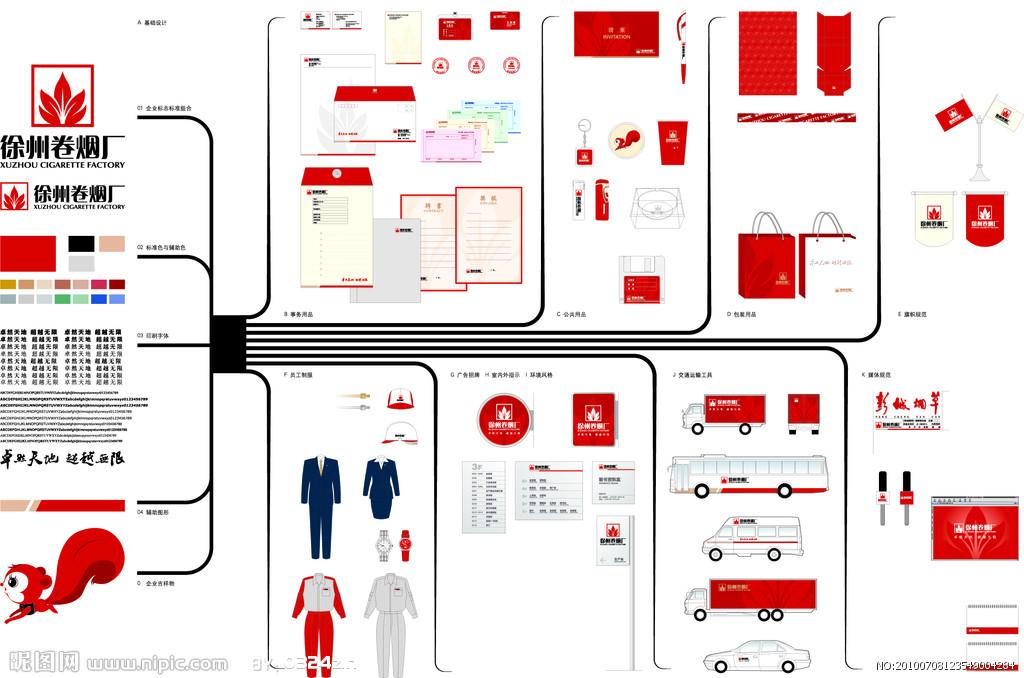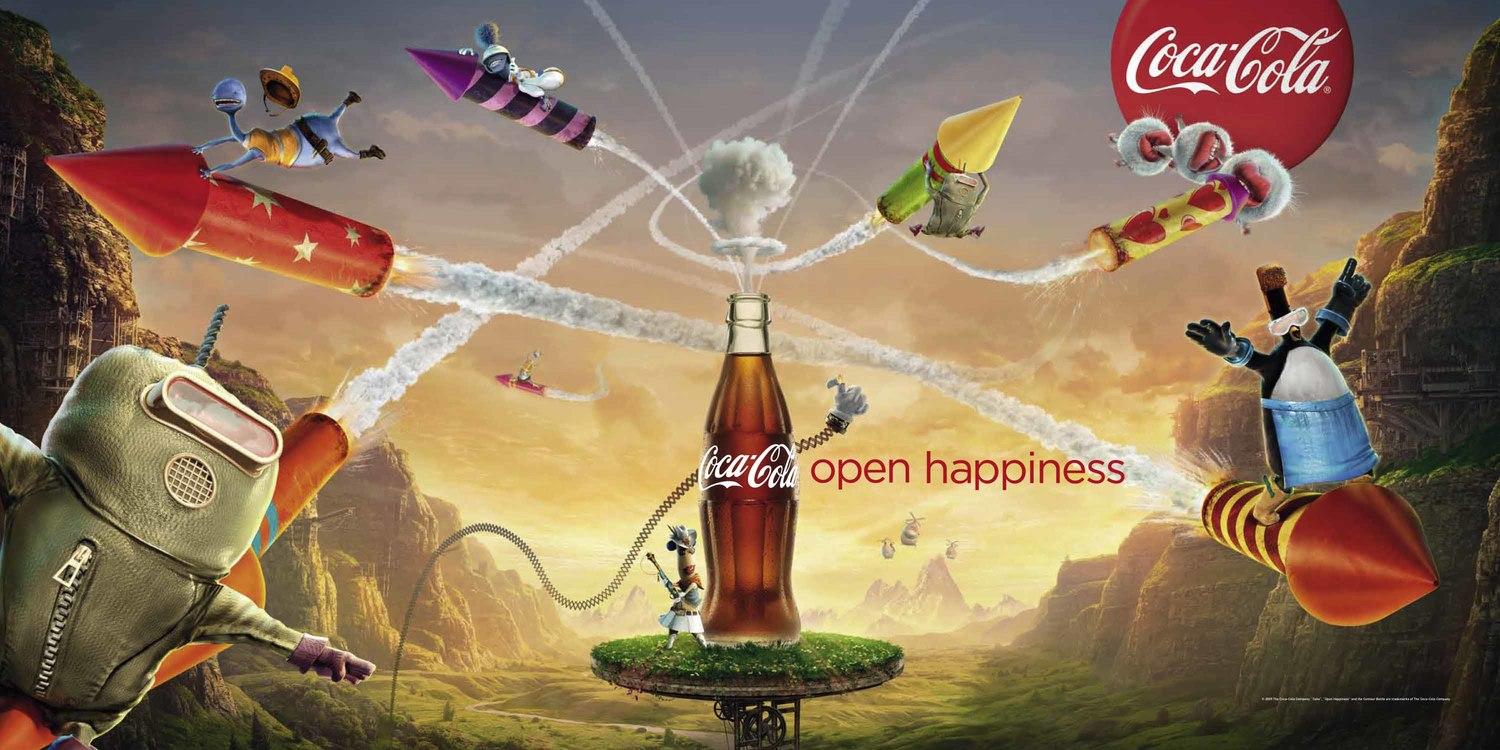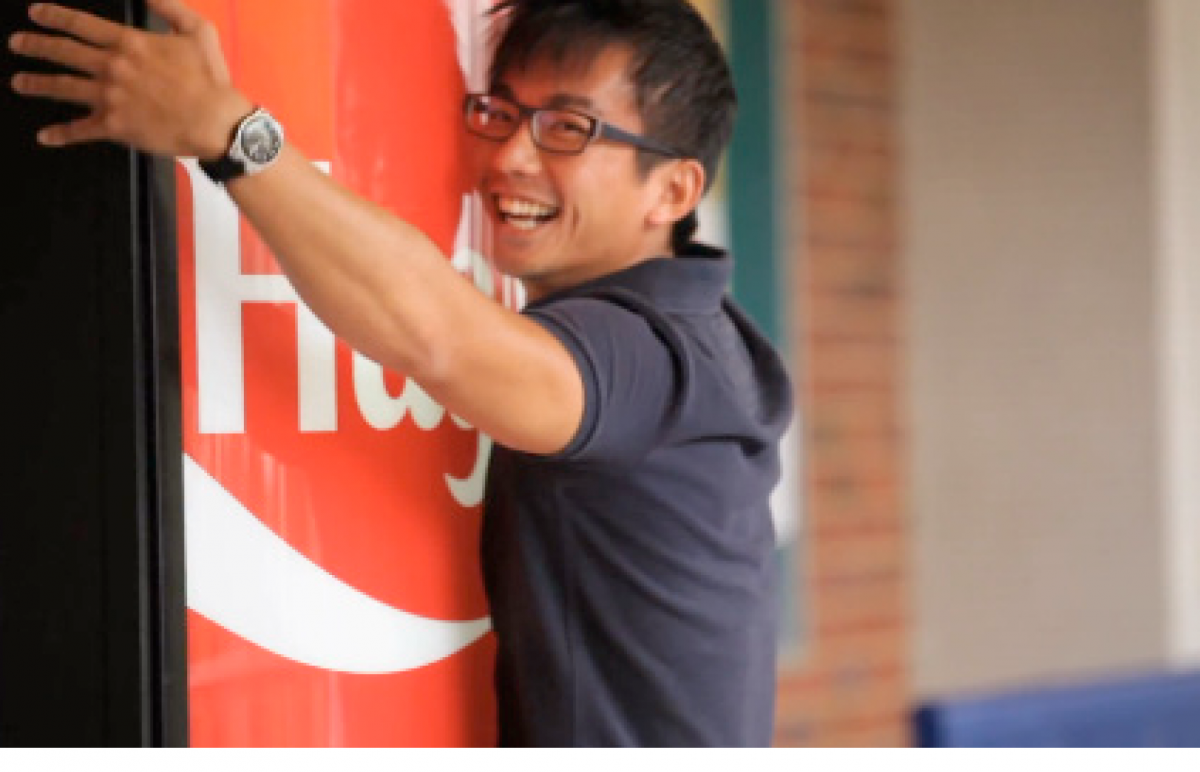

Brand design is undoubtedly one of the most decisive aspects of this branding battle. 70% of the information we perceive every day comes from visual experiences. Look around now, and see how many brand and visual images you can find. Whether it’s recognizing the McDonald’s sign in the hectic airport when you’re hungry, or picking out your favorite Budweiser among a range of beers in the supermarket, these are all effects produced by brand’s visual image and experience design.
Today, brand design has become indispensable to the “branding” process. Each company’s brand concept has to be delivered to consumers through visual imagery, combined with emotional expressions. It is through this process that the brand can communicate with the target audience and accumulate visual assets.
In the initial stages of brand design, logos seemed to be the only thing matters. Through the 1980s-90s, Asia was under the influence of Japanese design practices. Many companies started adopting Japanese visual identity (VI) tree design system, a system that is centered on the logo. Visual identity can be developed efficiently using this method, however, there will be quite strong similarity and little flexibility since they all share the same basis for design. With brand design elements being quite similar, and as there is often a disjoint between the advertising company and the brand design company at the implementation level, it often leads to incongruence between the original branding concept and the customer’s experience during the subsequent visual communication encounters.

With the rapid development of media tools, brand identities are now increasingly diverse, making previous approaches to visual identity design no longer suitable. Nowadays, the logo is only a small part of the branding design system. The more important parts often lie in other elements, such as wording, color, font, sound and olfactive identities that extend from the brand’s core values and brand signatures. These designed elements can coordinate and co-exist in all kinds of communication media, including advertising, brochures, internet, packaging and retailing, and more. Brand design is not an independent process, but a combination of all the signatures and characters among the designs.

Figure 1. Go beyond creating a simple logo; create a brand experience by outlining comprehensive visual elements.
Consumer’s brand experiences drive their brand perceptions, which is different from the past where the audience passively received information. Today’s brand design should be centered around human experience and needs.
Twenty years ago, when thinking of the Coca-Cola brand, the classic bottle exterior, the signature arc logo along with the icy taste would likely come to the consumers mind. In the past few years Coca-Cola started to use Open Happiness as their branding theme. They focused on advertising happiness through making a difference in people’s daily lives and thus made an emotional bond between consumers and the products. The packaging was diversified from the classic bottle design to different sizes of cans. The signature design also follows major current events such as the Olympics, UEFA, etc, to attract attention. While other competitors in China are still using marketing strategies such as the “same price for bigger amount”, Coca-Cola launched a signature campaign in Australia, where consumers can buy products with their own names imprinted for the same price. The campaign produced consumer’s personal memories with the brand, resulting in Coca-Cola’s 28 % increase in the sales in Australia region.
Additionally, Coca-Cola’s commercials focused on the concept of sharing among Open Happiness campaign. Take the Coca-Cola’s Chinese commercials for instance, the iconic imagery conveys sharing in a manner that is uniquely own-able as the entire family reunite and share bottles of Coke at New Year dinners. The dynamic posters also illustrated fireworks and other happy celebratory occasions. These designs repeatedly strengthen the sharing theme, staying true to the core creative idea of Open Happiness while remaining dynamic and flexible.

Coca-Cola Happiness Factory (source:google)
This year in Singapore, Coca Cola designed an unconventional vending machine to celebrate its 125 years. The vending machine is created to give out free cans of the popular drink in return for a hug. This marketing strategy used unique branding experiences and successfully built a linkage with consumers. This is a part of the company’s Open Happiness campaign that is designed to target youngsters and has been proven a hit among Singaporeans.

Coca-Cola Hug Machine
Coca-Cola’s Open Happiness campaign has evolved to become a multi-platform experience for consumers. The campaign includes various elements, including new point of sale, promotions, outdoor and print advertising, digital and music components etc. The campaign was made more effective by the variety of expressions and touch points.
By analyzing Coca-Cola’s branding case, we discover that a successful brand owns a complete system where its brand concept, brand design and brand communication remain as a whole. A brand can start by defining simple, unique, emotional and visualized characteristics as the basis for its design and thus establish its brand differentiation. The next step is to deliver the concept through brand design and interaction with the target audience. Building personal connections with the consumers can effectively increase the brands’ pervasiveness. Lastly, the methods of communications and designs should be diversified, in order to present consumers a multi-dimensional platform forvirtual brand experiences.
When implementing such dynamic visual identities on diverse platforms, a brand may choose to follow some guidelines to moderate the flexibility of their identity. As is seen in the diagram below, different applications or communications may adopt a greater or lesser degree of flexibility depending on their role in the brand’s comprehensive visual system.

Figure 2: Different VI applications may have varying degrees of flexibility
By exploring all the brand elements and leveraging diverse touchpoints to communicate with consumers in multiple dimensions, a brand canform a memorable image and establish its own identity, thus leading to the accumulation of brand assets.
A Labbrand Group Company © 2005-2024 Labbrand All rights reserved
沪ICP备17001253号-3To improve your experience, we use cookies to provide social media features, offer you content that targets your particular interests, and analyse the performance of our advertising campaigns. By clicking on “Accept” you consent to all cookies. You also have the option to click “Reject” to limit the use of certain types of cookies. Please be aware that rejecting cookies may affect your website browsing experience and limit the use of some personalised features.